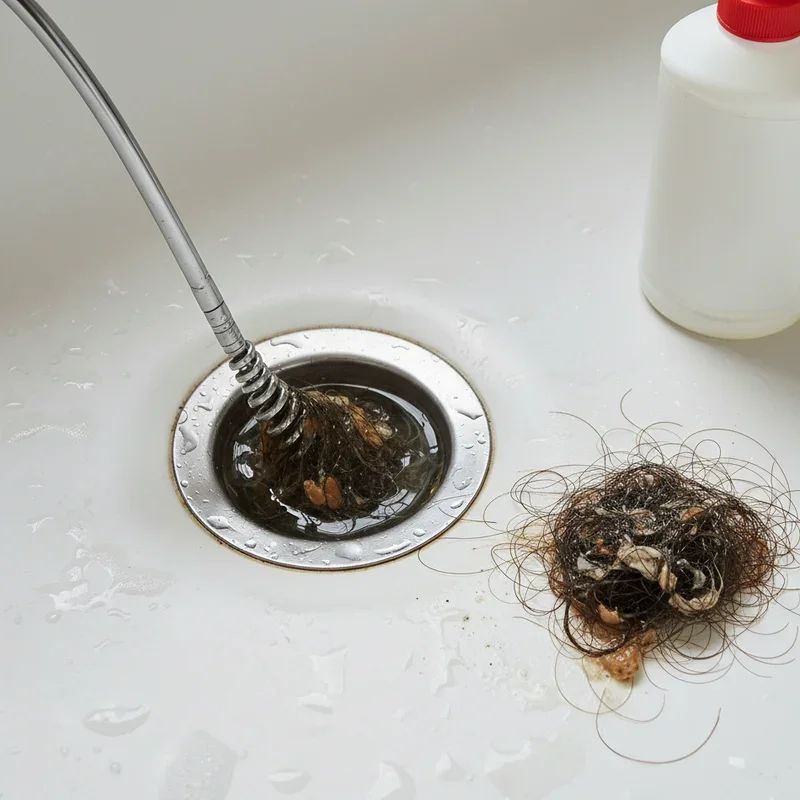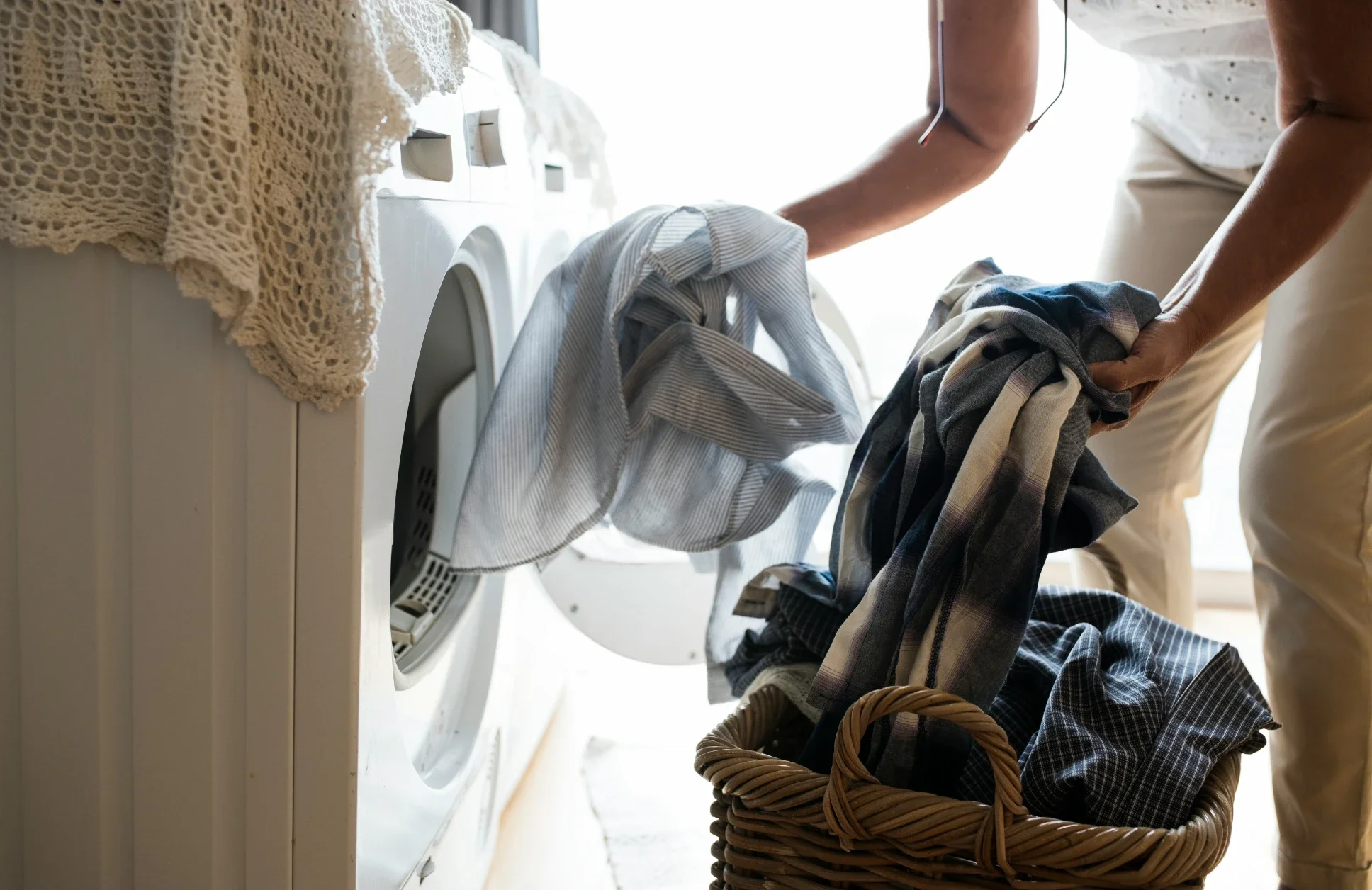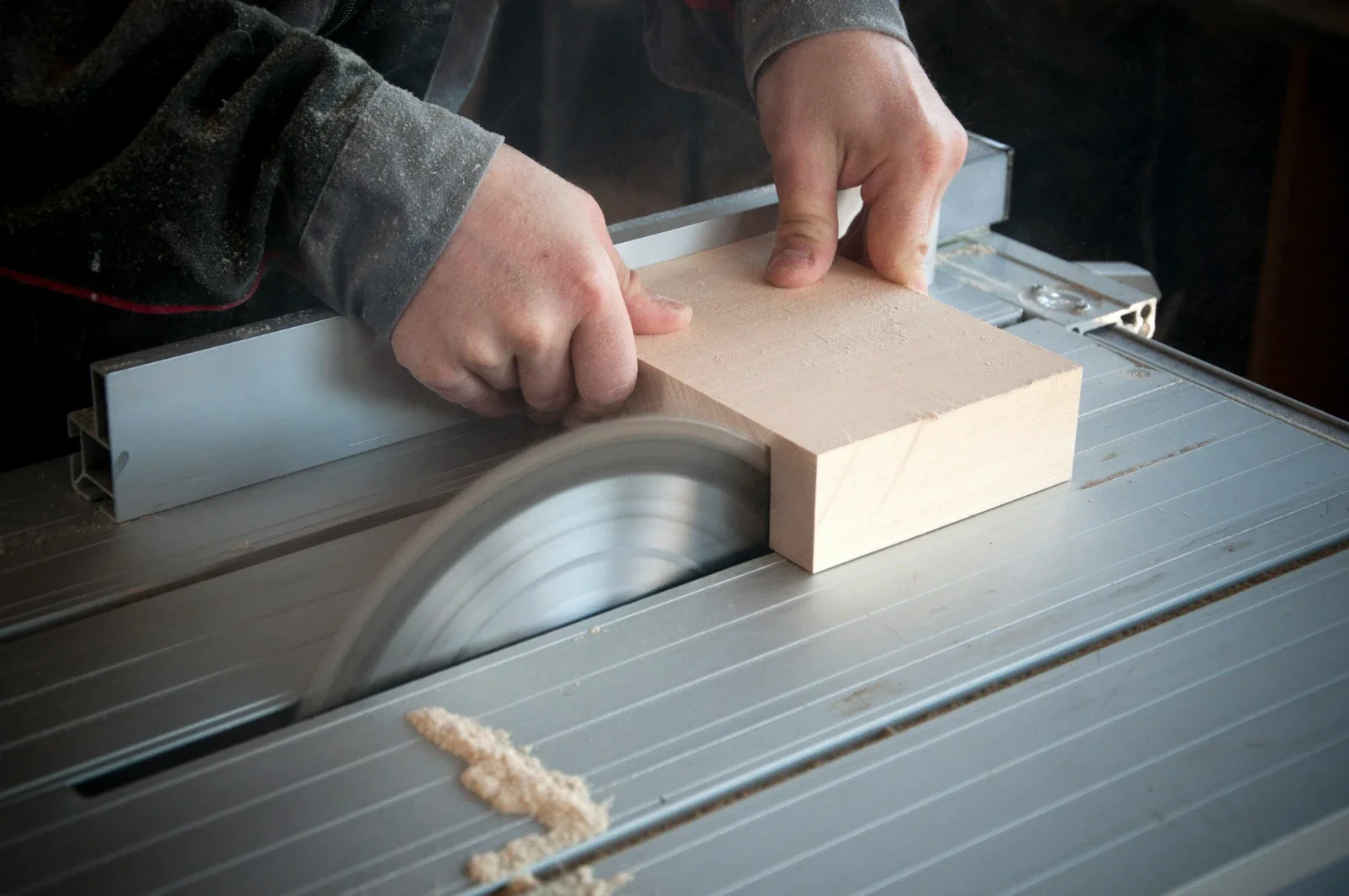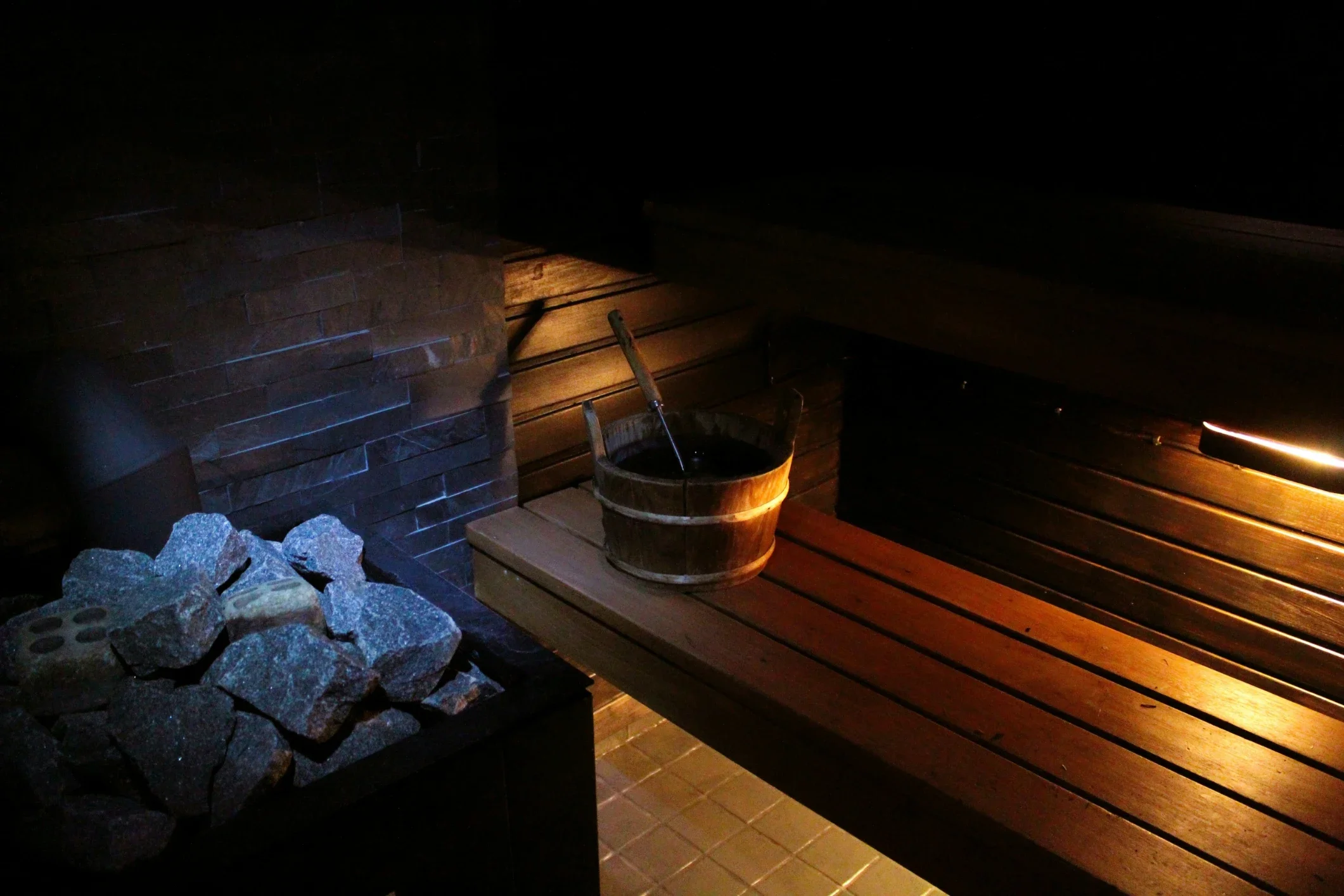How to Unclog a Bathtub Without Calling a Plumber
Learn how to unclog a bathtub without calling a plumber using simple household items and proven techniques that actually work.
There's nothing quite as frustrating as standing ankle-deep in murky water while you're trying to enjoy a relaxing shower. We've all been there, watching the water slowly rise around our feet, knowing full well that something's gone terribly wrong with the drain. Before you reach for your phone to call an expensive plumber, hold on a second. You might be surprised to learn that most bathtub clogs can be tackled right at home with tools you already have lying around.
The truth is, learning how to unclog a bathtub without calling a plumber isn't rocket science. It's actually pretty straightforward once you understand what's causing the blockage and which method works best for your situation. Whether it's a hairball the size of a small mammal or a buildup of soap scum that's been accumulating for months, there's almost always a DIY solution that'll save you both time and money. So grab your rubber gloves and let's dive into the nitty-gritty of bathtub drain rescue operations.
Understanding What's Actually Clogging Your Drain
Before you start throwing everything but the kitchen sink at your clogged drain, it helps to know what you're dealing with. Most bathtub clogs aren't mysterious at all. They're usually caused by a combination of hair, soap residue, dead skin cells, and various other bathroom products that've decided to throw a party in your pipes.
Hair is typically the main culprit. It wraps around itself and catches other debris, creating a gnarly blockage that water just can't push through. Add some soap scum to the mix, and you've got yourself a pretty solid plug. Sometimes mineral deposits from hard water join the fun, making the clog even more stubborn.
Understanding the type of clog you're dealing with helps you choose the right approach. Is water draining slowly or not at all? A slow drain usually means you've caught the problem early, which is great news. A completely blocked drain means things have progressed a bit further, but don't worry. Both situations are fixable without professional help.
The Boiling Water Method: Simple Yet Effective
Let's start with the easiest trick in the book. Sometimes all your drain needs is a good old-fashioned hot water flush. This method works particularly well for clogs caused by soap, grease, or light hair accumulation.
Here's what you need to do. Boil a full kettle of water and carefully pour it directly down the drain in two or three stages. Wait a few seconds between each pour to let the hot water work its magic. The heat helps dissolve soap scum and can loosen up hair clumps, allowing them to flow down the pipe.
However, there's a catch. This method works best on metal pipes. If you've got PVC pipes, you'll want to use very hot tap water instead of boiling water to avoid any potential damage. Also, if standing water is present in your tub, scoop it out first. You want that hot water to hit the clog directly, not just warm up your bathtub pool.
How to Unclog a Bathtub Without Calling a Plumber Using Baking Soda and Vinegar
Ah yes, the dynamic duo of household cleaning. This classic combination creates a fizzing reaction that can break down organic matter and clear minor to moderate clogs. Plus, it's completely non-toxic and safe for all types of pipes.
Start by removing any standing water from your tub. Then pour about one cup of baking soda directly down the drain. You might need to use your finger to push it down there if it's sitting on top. Follow this up with an equal amount of white vinegar. You'll hear that satisfying fizzing sound immediately, which means the chemical reaction is doing its thing.
Let this mixture sit for at least 30 minutes. For tougher clogs, you can leave it for a few hours or even overnight. The combination works by breaking down the gunk that's blocking your drain. After waiting, flush everything down with hot water. Run the tap for a few minutes to make sure everything's flowing smoothly again.
This method is particularly effective for clogs caused by soap buildup and light hair accumulation. It's also a fantastic preventative measure you can use monthly to keep your drains running clear.
The Trusty Plunger Technique
Don't underestimate the power of a good plunger. This tool isn't just for toilets. It can work wonders on bathtub drains too. The key is creating a proper seal and using the right technique.
First things first, you'll need to plug the overflow drain. That's the little opening near the top of your tub that prevents it from overflowing. Use a wet rag or duct tape to cover it completely. This step is crucial because it ensures all the pressure you create goes toward dislodging the clog rather than escaping through the overflow.
Add enough water to the tub to cover the plunger's cup. Position the plunger directly over the drain and press down firmly to create a seal. Now comes the workout part. Push down and pull up vigorously for about 20 to 30 seconds. You're creating pressure and suction that should dislodge the clog.
After plunging, remove the plunger and see if the water drains. If it does, congratulations. If not, repeat the process a few more times. Sometimes stubborn clogs need multiple attempts before they surrender.
Getting Physical: The Wire Hanger Method
When you need to physically extract the clog, a wire coat hanger becomes your best friend. This method is perfect for hair clogs that are relatively close to the drain opening.
Grab a wire hanger and straighten it out as much as possible, leaving the hook at one end. You can also bend the straight end into a small hook if you want tools at both ends. Remove the drain cover if there is one. Most pop out easily, but some might require a screwdriver.
Insert the hooked end into the drain and start fishing around. You're looking to snag hair and debris. This part can be a bit gross, so prepare yourself mentally. Once you feel resistance, hook it and slowly pull it out. You might be shocked at what emerges from your drain. It's usually a disgusting clump of hair and soap, but hey, that's what was blocking your water.
Keep fishing until you're not pulling anything else out. Then flush the drain with hot water to clear any remaining debris. This hands-on approach is surprisingly effective and gives you immediate results you can actually see.
The Wet/Dry Vacuum Solution
Got a shop vac lying around? This powerful tool can literally suck the clog right out of your drain. It's one of those methods that sounds too simple to work but often does the job brilliantly.
Set your wet/dry vacuum to vacuum liquids. Create a tight seal over the drain opening. You might need to get creative here. Some people use the cardboard from a paper towel roll or even an old plunger head to help create that seal. The goal is to prevent air from escaping so all the suction focuses on the drain.
Turn the vacuum to its highest setting and let it run for a minute or two. The powerful suction can pull out hair clogs and other debris that's stuck in your pipes. This method works particularly well for clogs that are near the surface.
After using the vacuum, flush the drain with hot water to clear any loosened debris. This technique might not work for deeper clogs, but it's definitely worth trying before moving on to more invasive methods.
Chemical Drain Cleaners: Proceed with Caution
Store-bought chemical drain cleaners are an option, but they should be your last resort rather than your first choice. These products contain harsh chemicals that can damage pipes over time, especially if you have older plumbing. They're also terrible for the environment and can be dangerous if not handled properly.
If you decide to go this route, choose your product carefully. Look for enzyme-based cleaners rather than caustic ones. Enzyme cleaners use bacteria to break down organic matter. They're safer for your pipes and the environment, though they work more slowly than chemical alternatives.
Always follow the instructions exactly as written on the bottle. Never mix different drain cleaners together, and never combine them with other household products. The chemical reactions can produce toxic fumes or even explosions. Wear gloves and ensure the bathroom is well-ventilated.
After using any chemical cleaner, flush your drain thoroughly with water. Remember, this method should be a last resort because the previous natural methods are usually just as effective without the potential downsides.
Removing and Cleaning the Drain Stopper
Sometimes the problem isn't deep in your pipes at all. The drain stopper itself might be the villain in this story. Hair and soap scum love to accumulate around stoppers, creating blockages right at the surface.
Most bathtub stoppers can be removed fairly easily. Lift-and-turn stoppers require you to turn them counterclockwise while pulling up. Push-pull stoppers often unscrew from the drain. Trip-lever stoppers are a bit trickier because they're connected to the overflow plate. You'll need to remove the overflow plate screws and pull out the entire assembly.
Once you've removed the stopper, you'll probably find a disgusting collection of hair and gunk wrapped around it. Clean everything thoroughly with an old toothbrush and some soapy water. Check inside the drain opening as well. You might be able to pull out additional debris with your fingers or needle-nose pliers.
After cleaning everything, reassemble the stopper and test your drain. You might find that this simple maintenance task has completely solved your problem. It's a good reminder to clean your drain stopper regularly as a preventative measure.
The Drain Snake: Your Secret Weapon
A drain snake, also called a plumber's snake or auger, is an inexpensive tool that can reach clogs deep within your pipes. You can pick one up at any hardware store for under twenty dollars, and it'll pay for itself the first time you use it.
Feed the snake into the drain slowly, turning the handle clockwise as you push it deeper. You'll feel resistance when you hit the clog. At this point, keep turning and pushing gently. The snake will either break up the clog or hook onto it so you can pull it out.
Once you've worked through the clog, slowly pull the snake back out. You'll likely bring some nasty stuff with you. Clean the snake off as you go. After removing it completely, flush the drain with hot water to clear any remaining debris.
Drain snakes come in different lengths. For bathtub drains, a 25-foot snake should be more than adequate. This tool is particularly useful for clogs that are several feet down the pipe, beyond the reach of other methods.
Prevention: Keeping Your Drain Clog-Free
An ounce of prevention really is worth a pound of cure, especially when it comes to bathtub drains. Once you've successfully unclogged your drain, you'll want to keep it that way. Here are some simple habits that'll save you from future headaches.
Install a drain cover or hair catcher. These inexpensive devices catch hair before it goes down the drain. You'll need to clean them regularly, but that's a small price to pay for avoiding clogs. They're available in various styles and sizes to fit different drain types.
Flush your drain weekly with hot water. This simple practice helps prevent soap scum and hair from building up in the first place. Make it part of your cleaning routine, like wiping down the tub after use.
Do a monthly baking soda and vinegar treatment even when your drain is working fine. This proactive approach keeps your pipes clear and fresh-smelling. Think of it as a spa day for your plumbing.
Be mindful of what goes down your drain. Avoid washing large amounts of hair down there. If you're brushing your hair over the sink or tub, throw the loose hair in the trash instead. Every little bit helps.
When to Actually Call a Professional
Let's be real for a moment. While this guide covers how to unclog a bathtub without calling a plumber for most common situations, there are times when you absolutely need professional help. Knowing when to throw in the towel can save you from making a bad situation worse.
If you've tried multiple methods and nothing works, it's time to call in the pros. The clog might be deeper in your plumbing system than you can reach, or there might be a more serious issue at play. Professional plumbers have specialized equipment like motorized augers and video inspection cameras that can diagnose and fix complex problems.
Watch out for warning signs of bigger issues. If multiple drains in your home are backing up simultaneously, you might have a main sewer line problem. That's definitely not a DIY situation. Similarly, if you notice sewage backing up into your tub, or if you hear gurgling sounds from other drains when you run water, call a plumber immediately.
Water damage from your attempts to fix the clog is another reason to seek professional help. If you've accidentally damaged pipes or fixtures while working on the clog, a plumber can assess and repair the damage properly. Sometimes trying to save money can end up costing more in the long run.
Conclusion
Learning how to unclog a bathtub without calling a plumber empowers you to handle one of the most common household problems independently. From simple solutions like hot water and baking soda to more hands-on approaches with drain snakes, you've got plenty of options. Remember, most clogs are caused by hair and soap buildup, which means they're totally manageable with the right technique and a bit of patience. Stay proactive with regular maintenance, and you'll likely avoid serious clogs altogether, saving yourself time, money, and frustration.
Read next: How to Unclog a Bathtub Drain
Frequently Asked Questions
Q1: How long does baking soda and vinegar need to sit in the drain?
A: Let the mixture sit for at least thirty minutes, but overnight works best for stubborn clogs.
Q2: Can boiling water damage my bathtub pipes?
A: Boiling water is safe for metal pipes but use very hot tap water for PVC pipes.
Q3: How often should I clean my bathtub drain stopper?
A: Clean your drain stopper monthly to prevent hair and soap scum from accumulating and causing clogs.
Q4: Will chemical drain cleaners harm my old pipes?
A: Yes, harsh chemical cleaners can corrode older pipes, so use enzyme-based alternatives or natural methods instead.
Q5: What's the most effective method for hair clogs?
A: A wire hanger or drain snake works best for removing hair clogs that other methods cannot dissolve.

































